When neighbours quarrel: How M-Pesa could be pill that clears the Tanzania-Kenya frost
25 MAR 2015 16:28
LEE MWITI

Wildebeestes cross the Mara River as they male their way from Tanzania to Kenya. Just as they share such natural resources, the two countries can also learn to co-exist. (Christopher Michel/Flickr)
THE relationship between East African neighbours Kenya and Tanzania is a complex one, frequently eluding neat analysis, but two things reliably capture the prevailing spirit: tour vans and Kenya Airways.
Transport flare-ups usually signal an active dispute between the two nations, a trend that goes back decades.
At a meeting in the Tanzania city of Arusha in March 1979, presidents Julius Nyerere of Tanzania and Daniel arap Moi of Kenya agreed a deal to allow Kenya’s flag carrier overfly Tanzania en route to Zambia. It was necessary because two years earlier the two neighbours had shuttered their border, following an acrimonious break up of the old East African Community (EAC).
In the decade following independence, Kenya’s tourism industry due to geography derived more benefit from accessing the game parks in northern Tanzania, which were often sold as a circuit to Nairobi-focused tourists.
While Tanzania authorities bristled at what they believed was a raw deal, the economic argument did not support them at the time, due to the country’s underdeveloped infrastructure and a general ambivalence towards tourism.
The impasse faded away with the closure of the border, but at one point Kenyan oil tankers were barred from Tanzanian roads, for among other reasons imposing a huge repair cost.
Latest flare up
Last week Tanzanian regulators reduced by two thirds the number of flights Kenya Airways could operate on the profitable Dar es Salaam-Nairobi route. Tanzania said the two countries had failed to reach an agreement on a bilateral air deal, but the action was widely seen as retaliatory after Nairobi failed to grant rights to a Tanzania-based carrier to fly into Kenya, citing a lack of local shareholding.
The dispute came hot on the heels of Kenya having banned Tanzanian-registered tour vehicles from picking tourists from Jomo Kenyatta International Airport hub, citing a rather dusty bilateral tourism agreement signed in 1985 but only after Kenyan operators argued that they were not allowed to access Tanzanian parks.
It took a meeting on the sidelines of the inauguration of Namibia’s new president at the weekend between president Uhuru Kenyatta of Kenya and Jakaya Kikwete of Tanzania to calm the waters in a dispute that whipped up nationalistic sentiments, as tiffs between the two rivals regularly do.
Status quo would remain, both sides said. This means Kenya Airways, which had lobbied hard for a detente as it did following the border closure of 1977, would retain its frequencies, while Tanzania-registered operators would continue to access the airport.
President Kikwete (left) and President Kenyatta.
The Windhoek presidential meeting was a hark back to what remained of the old EAC’s highest decision making body, the Authority.
At inception of the community, the Authority, composed of the leaders of the two countries and of Uganda, wielded such power that EAC ministers and the bloc’s secretariat only fed on scraps. It did not however meet again after Uganda’s military dictator Idi Amin seized power in 1971, leaving Kenya and Tanzania to flog the bloc.
Collapse of first East African Community
The Community eventually formally collapsed in 1977, with the failure to pass the 1977-78 budget in the middle of that year identified as the death knell. But it had been in the making, as the bloc gradually became a playground for zero-sum politics.
Ideological differences are often offered as the reason why the old EAC splintered, the general argument being that Kenya opted for capitalism while Tanzania plumped for socialism. It is the easy answer.
While doctrinal differences did exist, their main effect was in entrenching the perception that one partner country was benefiting economically. While that made cooperation more difficult, ties were by then already frayed. Perceptions are rarely based on fact, but in Africa, they count heavily, as a leading economist noted following the break up.
“It would be a conclusion of despair that mutually beneficial economic cooperation requires a close similarity of social and political outlook,” Arthur Hazlewood, then a senior economics research officer for Oxford University,
wrote for the respected Journal of Common Market Studies in 1979.
The EAC’s main failure was in redistributing the benefits of cooperation. It did not lack for trying, and rolled out policies such as a transfer tax that disadvantaged the more highly developed Kenya, while also propping up an East African Development Bank, which survives to this day.
An attempt to relocate the headquarters of some of the common services, all headquartered in Kenya, also failed to redress the perception of differential development, while transport issues especially in road and rail remained persistent.
A major pain was with foreign exchange. Kenya had welcomed transnational money into its economy, while Tanzania remained ambivalent. This meant Kenya accrued more foreign exchange, and while under an agreement with its two partners it was able to lend to them, this was at profit, stirring up more rancour.
Forex shortages especially after the oil shock of 1973 led EAC governments to impose restrictions, a key outcome being that the headquarters of common service institutions were starved of money, sparking bitter recrimination and leading to their demise.
Apportioning single country blame for the EAC’s breakup, Hazlewood further wrote, was therefore not sensible, and listed nearly two dozen “reasons” for its collapse, noting that policy makers crafting new integration agreements would be wise to address them.
Nearly four decades later, the new EAC, rebooted in 2000 and now counting Rwanda and Burundi too, has had to battle near-similar perceptions of domination, with Tanzania, despite remaining lukewarm toward the integration effort, saying it was being sidelined.
In November 2013, Kikwete sharply criticised Kenya, Rwanda and Uganda for seeking to “push us out” following their creation of what the media labelled the “Coalition of the Willing”.
The same main issue as in the 1970s exists: that one country feels it has bent over backwards to accommodate the other, while the other partner feels it is only getting the bare minimum from the relationship.
Kenya recently released its new
foreign policy, where it identifies the EAC as its most important foreign policy vehicle and a major economic bloc. As such, with Uganda and Rwanda happier to go with the flow in the bloc, it again seems its success will depend on how Tanzania and Kenya redefine their relationship, which is set to become the focus of a flurry of talks in coming weeks.
Geographically bound together, the two countries have few options left but to strike a win-win deal. However, while publicly they are given to scuffling, in private they remain cozily in bed together.
Tanzania-Kenya business
Tanzania last year became Kenya’s largest export market, just second to the US and leapfrogging Uganda. Kenya is also among the top three leading sources of FDI into Tanzania.
Some 300,000 Kenyans live in Tanzania, while many Tanzanian children, including those of of the high and mighty, attend schools in Kenya. Tanzanians living and working in Kenya sent back home $15 million in remittances in 2012, according to the Pew Research Centre.
Some of the answers to ironing out the kinks could come from unlikely places. This month, Kenyan telco Safaricom and Vodacom of Tanzania allowed mobile money transactions between their two networks, through the internationally known M-Pesa cash transfer service.
The pair, both subsidiaries of the UK-based Vodafone Group, are the leaders in their home markets. Some 25 million customers could theoretically benefit from the new service.
The two countries, according to the World Bank, send $390 million annually to each other through formal channels. This could be double if informal channels such as bus drivers and friends are factored in, Vodacom managing director Rene Meza said.
“Kenya is Tanzania’s largest trading partner and it was therefore logical that we activate the service there first. This is our own way of further cementing the ties that bind the people of the EAC region,” Meza added in a statement.
Money breaks barriers
Another Tanzanian operator, Tigo, had already launched cross-border mobile money remittances to Rwanda, suggesting barriers are further coming down in the EAC.
With financial inclusion shown to have a causal relationship with social inclusion while also spurring economic activity, mobile money may be thought of as a more efficient redistributor of economic benefits, the key reason that harmed the old EAC.
Cross-border mobile payments have already been identified as key to the integration agenda of the six-nation West African Monetary Zone, which accounts for nearly half of the continent’s mobile phones.
Essentially, M-Pesa and other cross-border mobile payments, as intermediaries, could play bigger roles than envisaged by their operators, who would not have imagined them as aiding, and even preceding, foreign affairs technocrats to break down cross-border obstacles, transaction by transaction.
Interestingly, second to Kenya, Tanzania is Africa’s other mobile money success. It has a more competitive market and has been delivering a steady stream of innovations, the Consultative Group to Assist the Poor (CGAP)
showed last week. The total number of mobile money transactions—95 million—made in Tanzania now outnumbers those of Kenya, although the latter’s is still several times bigger in value.
It could yet be another “competition” front that could help further break down stubborn diplomatic walls.
http://mgafrica.com/article/2015-03...lations-and-save-the-eac#.VRLQFDhdbpA.twitter
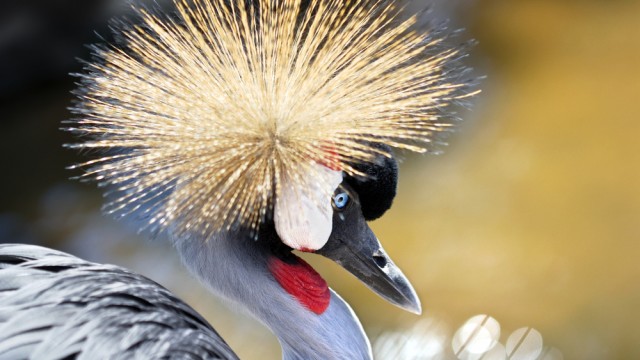
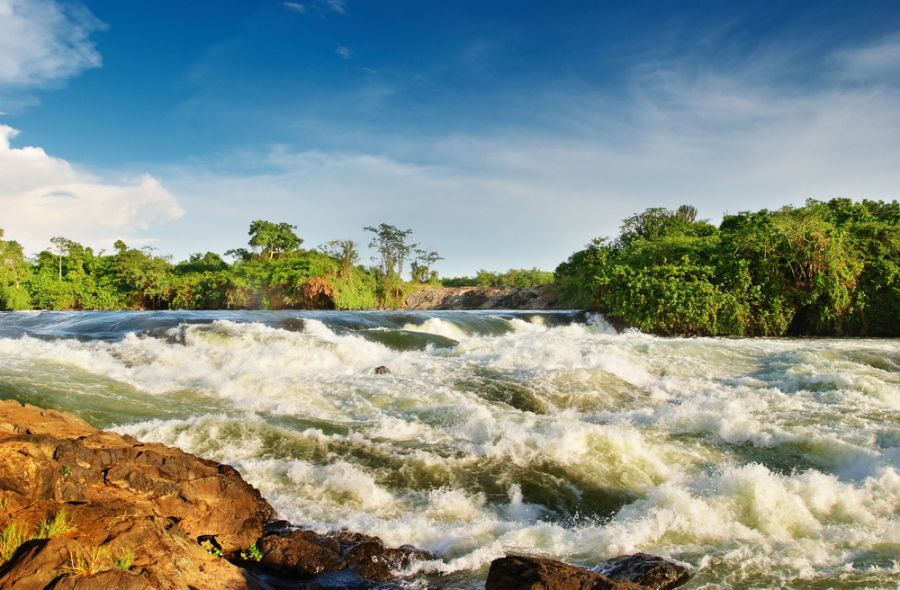
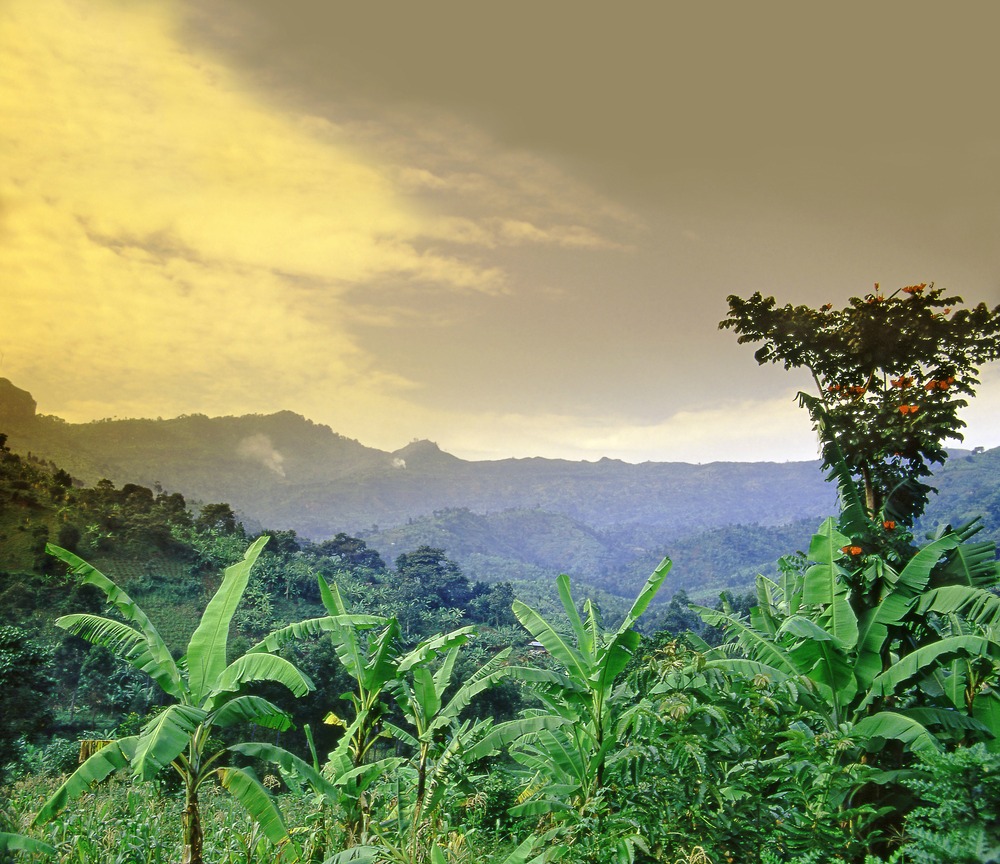







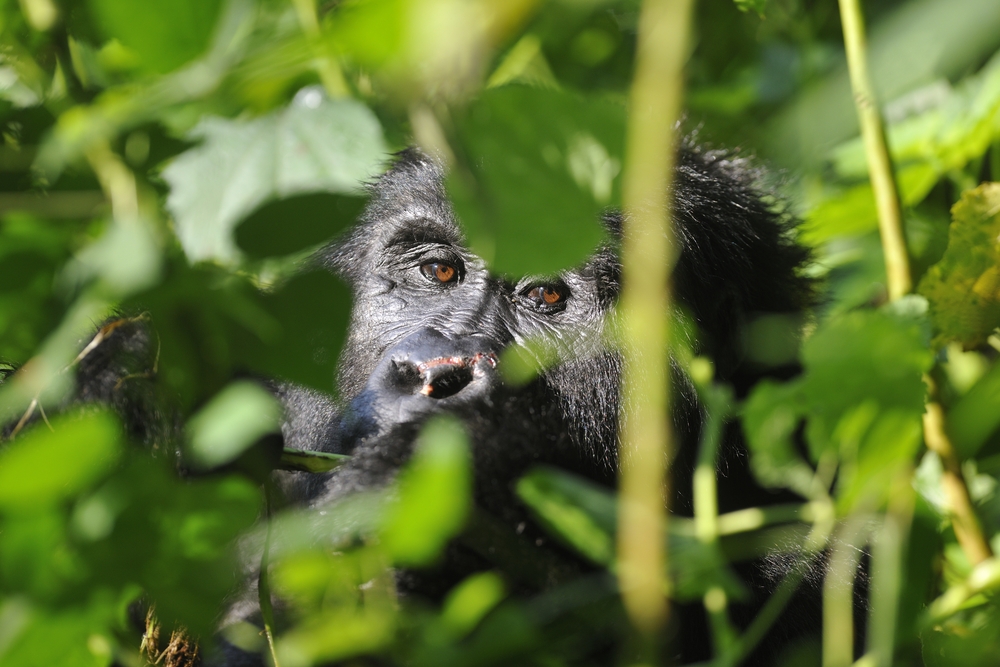

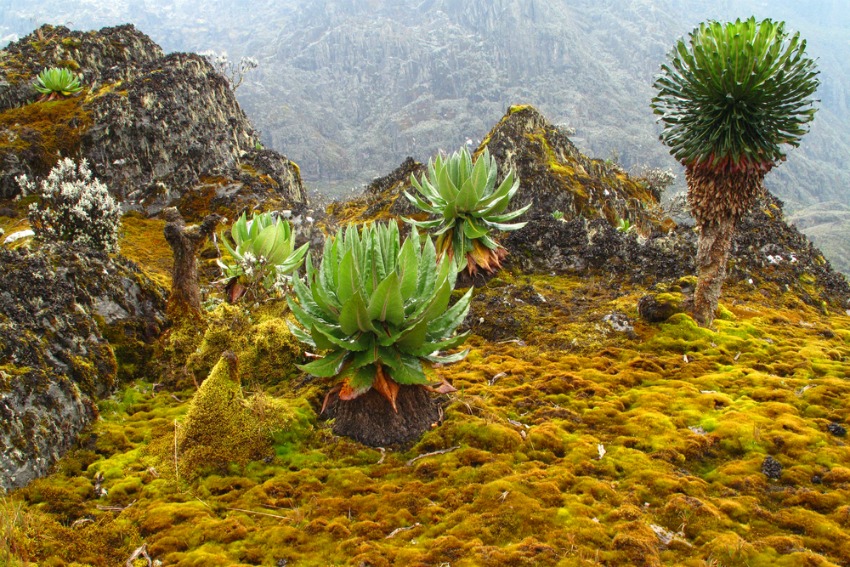
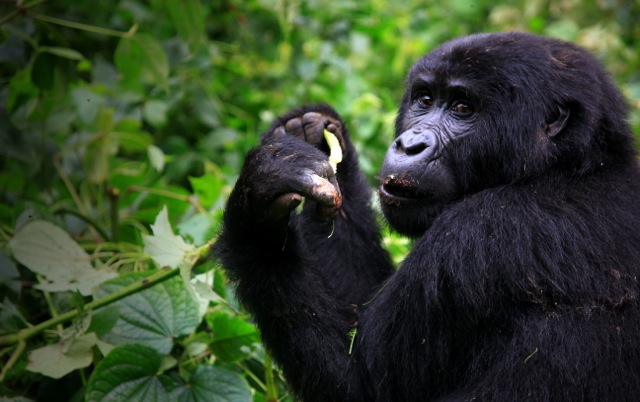
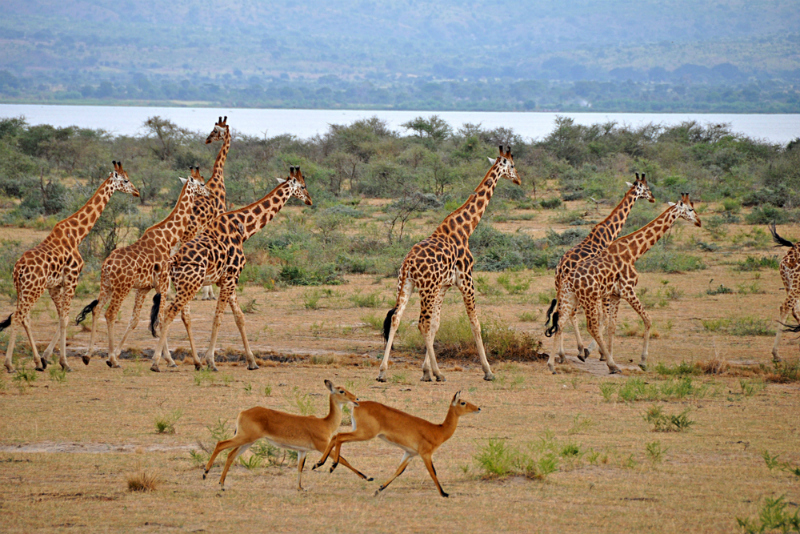

















 ....
....








